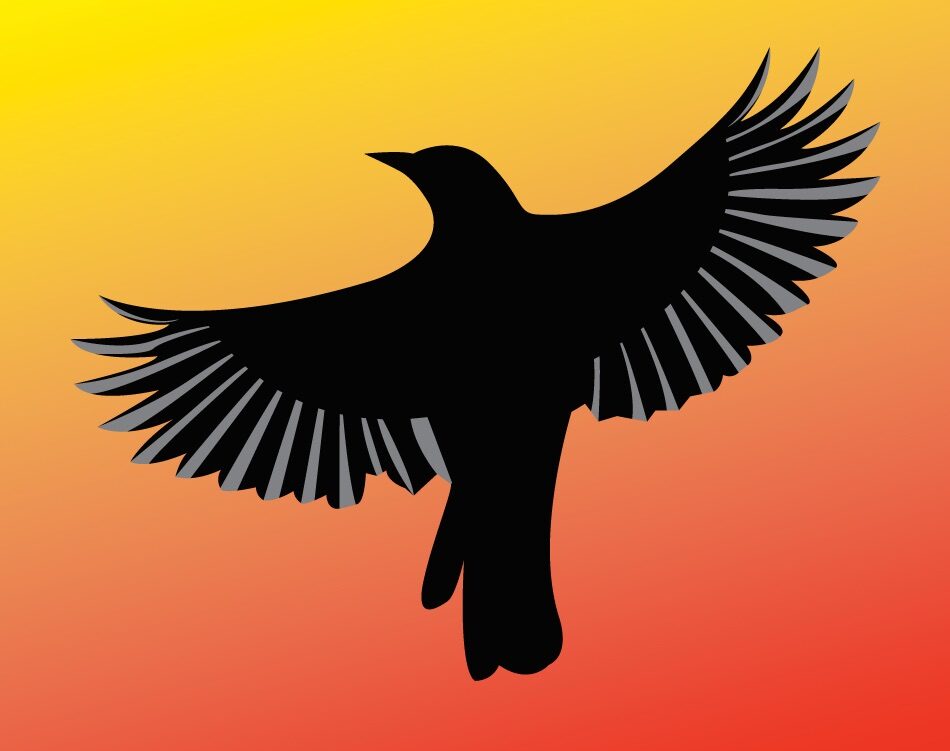Interview: Jamie Ferguson on “Entangled by Midsummer”
Entangled by Midsummer combines faeries, magic, and ambition in a world where bargains are enforced by magic, love—or the semblance thereof—can be created by a spell, and the consequence of failure is deadly. Entangled by Midsummer is available for a limited time in The Realm of Faerie bundle. Enter the Realm of Faerie, a world…
